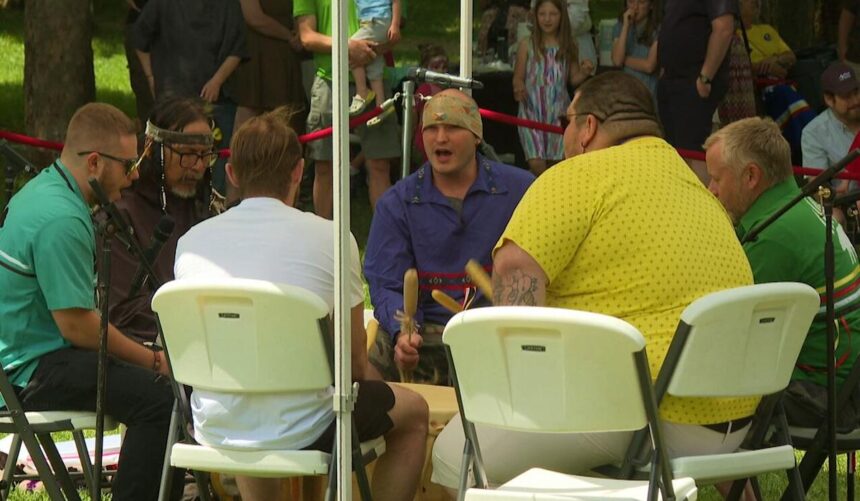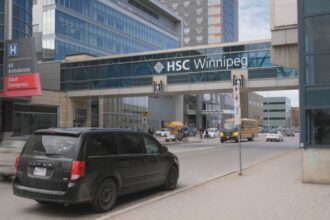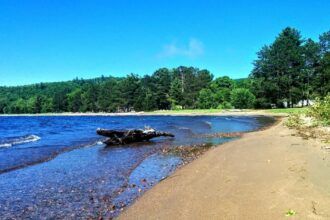The vibrant drumbeats of traditional Indigenous music echoed across the waterfront in St. John’s yesterday as hundreds gathered to commemorate National Indigenous Peoples Day. The annual celebration, which fell on June 21, transformed the city’s downtown into a living showcase of Indigenous heritage, resilience, and contemporary cultural expression.
“This day represents not just our history, but our present and future,” said Elder Mary Saunders, who opened the celebrations with a traditional prayer and smudging ceremony. “When I see young people connecting with their roots while embracing their modern identities, I know our cultures will continue to thrive.”
The day-long festival featured a remarkable array of activities that highlighted the diverse Indigenous cultures of Newfoundland and Labrador. Attendees witnessed captivating performances from Mi’kmaq dancers, whose intricate footwork and vibrant regalia told stories passed down through generations. The Inuit throat singers from Labrador mesmerized the crowd with their unique vocal techniques that transform breath into rhythmic art.
Local Indigenous artisans showcased traditional crafts alongside contemporary works, demonstrating how ancestral techniques continue to evolve while maintaining cultural significance. Handcrafted jewelry featuring porcupine quills, beadwork displaying distinctive patterns, and soapstone carvings attracted visitors eager to learn about the stories behind each piece.
“What we’re seeing today is a beautiful blend of tradition and innovation,” explained Dr. James Richardson, Indigenous Studies professor at Memorial University. “These artisans aren’t just preserving culture—they’re actively evolving it, making it relevant for new generations while honoring their ancestors.”
The celebration took on particular significance this year as the provincial government recently announced expanded Indigenous curriculum initiatives in schools across Newfoundland and Labrador. The program aims to ensure students gain deeper understanding of Indigenous histories, cultures, and contemporary realities.
Education Minister Teresa Campbell, who attended the event, noted: “Today’s celebration reminds us why it’s crucial for all Canadian students to learn about Indigenous perspectives and histories. This isn’t just about acknowledging the past—it’s about building a more inclusive future together.”
Food vendors offered traditional Indigenous cuisine, including bannock, moose stew, and wild berry desserts, introducing many visitors to flavors and ingredients native to the region. Culinary demonstrations explained the cultural significance of traditional food preparation methods and the sustainable harvesting practices that have been employed for millennia.
Young Indigenous entrepreneurs were prominently featured, demonstrating how cultural heritage can inform modern business models. Sarah Penashue, who launched a sustainable clothing line incorporating traditional Innu designs, spoke about the importance of economic empowerment.
“For too long, our artistic expressions were appropriated without proper recognition or compensation,” Penashue said. “Today, we’re creating businesses that honor our heritage while providing economic opportunities for our communities.”
The celebrations also included educational components, with storytelling circles where elders shared legends and histories with rapt audiences. Interactive workshops taught traditional skills like birchbark biting, a delicate art form where intricate designs are created by folding and biting patterns into thin birchbark.
As the sun began to set, the festivities culminated in a community feast and round dance, where people of all backgrounds joined hands in a circle of unity. The powerful symbolism wasn’t lost on attendees, many of whom expressed how meaningful the day had been for both Indigenous and non-Indigenous participants.
“Days like today matter because they create spaces for genuine cultural exchange,” said Michael Denny, one of the event organizers. “We’re not just celebrating Indigenous cultures—we’re inviting everyone to learn, participate, and develop deeper understanding.”
As Canada continues to navigate the complex path toward reconciliation, events like National Indigenous Peoples Day in St. John’s offer important opportunities for community building and cultural appreciation. The question remains: How can we extend the spirit of understanding and respect demonstrated on this single day into our everyday interactions, institutions, and policies throughout the year?










